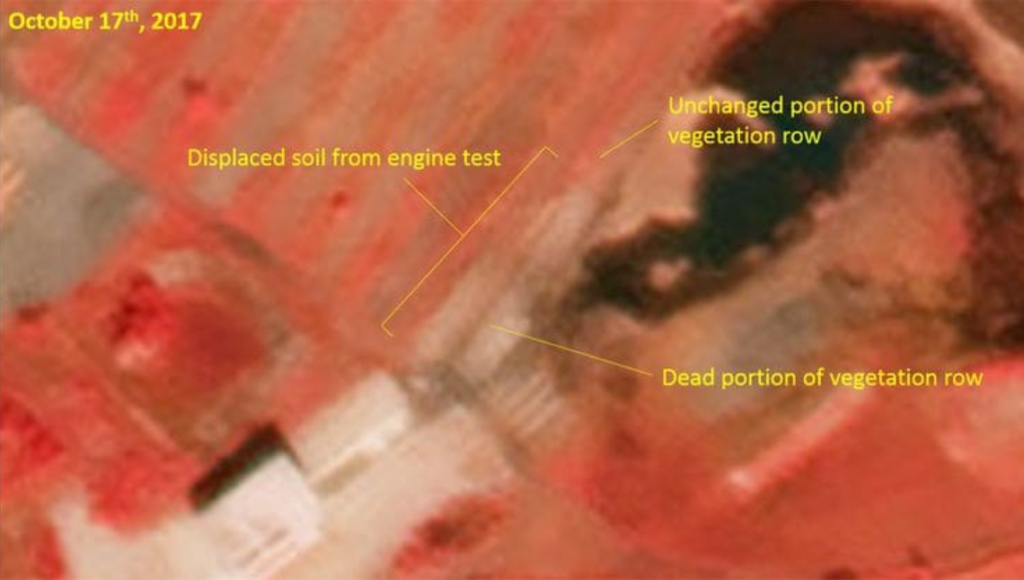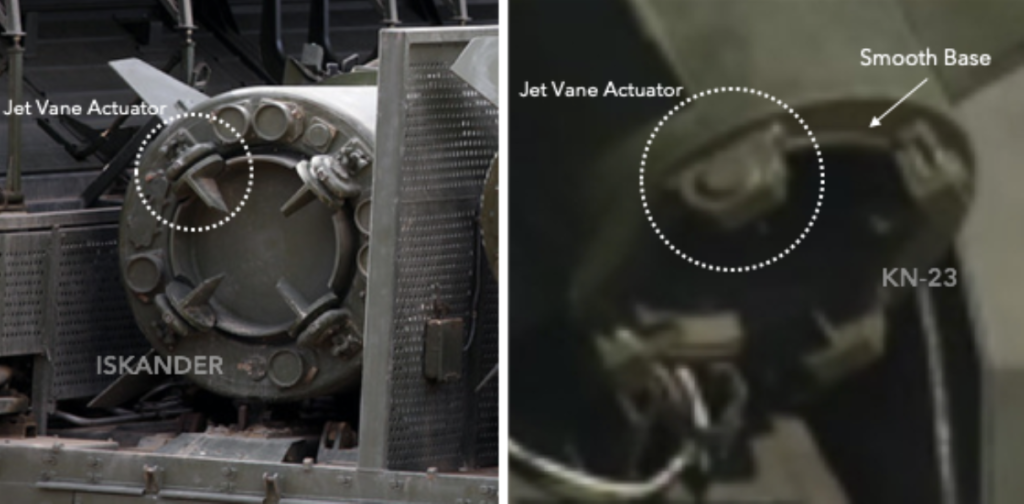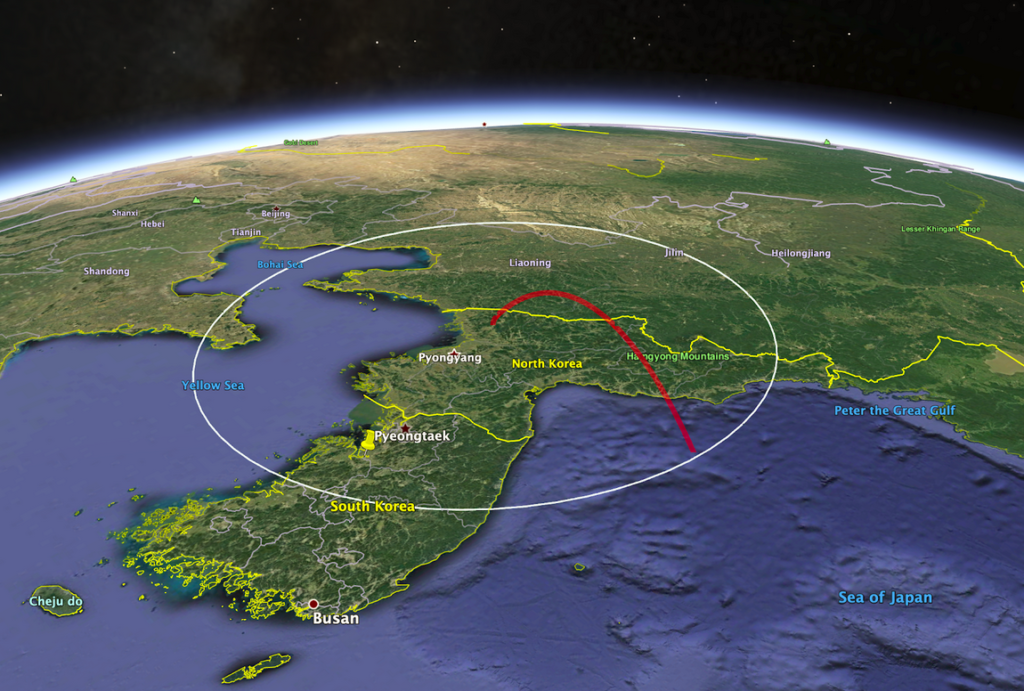Fawadqasim1
SENIOR MEMBER

- Joined
- Jan 24, 2017
- Messages
- 4,242
- Reaction score
- 1
- Country
- Location
Follow along with the video below to see how to install our site as a web app on your home screen.
Note: This feature may not be available in some browsers.











Western analysts are trying their best to downplay KN-23 and disassociate it with the Iskander-M for some reason, but its clear that they didn't build this missile out of thin air. NK was provided the designs and they just introduced their own modifications on it.


Insha AllahWestern analysts are trying their best to downplay KN-23 and disassociate it with the Iskander-M for some reason, but its clear that they didn't build this missile out of thin air. NK was provided the designs and they just introduced their own modifications on it.
This is the same case as with the current NK ICBMs (HS-12/13/14). For a while NK was failing to manufacture a reliable ICBM because of sub-optimal liquid engines. Then some Russian engines appear out of the blue, and viola, the new ICBM designs worked as intended.
Pakistan is also working on the similar type of quasi-ballistic SRBMs (Iskander etc.), its just a matter of time now.
Can we get it from themWestern analysts are trying their best to downplay KN-23 and disassociate it with the Iskander-M for some reason, but its clear that they didn't build this missile out of thin air. NK was provided the designs and they just introduced their own modifications on it.
This is the same case as with the current NK ICBMs (HS-12/13/14). For a while NK was failing to manufacture a reliable ICBM because of sub-optimal liquid engines. Then some Russian engines appear out of the blue, and viola, the new ICBM designs worked as intended.
Pakistan is also working on the similar type of quasi-ballistic SRBMs (Iskander etc.), its just a matter of time now.

Western analysts are trying their best to downplay KN-23 and disassociate it with the Iskander-M for some reason, but its clear that they didn't build this missile out of thin air. NK was provided the designs and they just introduced their own modifications on it.
This is the same case as with the current NK ICBMs (HS-12/13/14). For a while NK was failing to manufacture a reliable ICBM because of sub-optimal liquid engines. Then some Russian engines appear out of the blue, and viola, the new ICBM designs worked as intended.
Pakistan is also working on the similar type of quasi-ballistic SRBMs (Iskander etc.), its just a matter of time now.


A manoeuvring warhead..Which is very difficult if not impossible for air defences to shoot down..What are the advantages?

A QBM like Iskander-M/M-20 flies on a depressed maneuverable trajectory within the atmosphere. This is different from a normal SRBM like Ghaznavi, which flies on a ballistic trajectory and can be relatively easily shot down by a good enough ABM.What are the advantages?

So russians are supplying koreans with missile tech?

To date, the most effective method of penetration is via terrain-hugging approach (using ground clutter for cover) and/or via saturation attacks in this form. Tomahawk cruise missiles introduce EW and VLO in the mix. This is why no country is capable of defeating a saturation attack of Tomahawk cruise missiles, not even close. Block IV is packing many surprises within.A manoeuvring warhead..Which is very difficult if not impossible for air defences to shoot down..
Yes.So russians are supplying koreans with missile tech?


To date, the most effective method of penetration is via terrain-hugging approach (using ground clutter for cover) and/or via saturation attacks in this form. Tomahawk cruise missiles introduce EW and VLO in the mix. This is why no country is capable of defeating a saturation attack of Tomahawk cruise missiles, not even close. Block IV is packing many surprises within.
Yes.
South Korea will receive PAC-3 MSE interceptor class to defeat Iskandar-M types.
US developed and tested SM-6 class interceptors (Aegis terminal phase) to defeat highly maneuverable airbreathing targets some years ago. Below is an example of a QBM type target - reportedly capable of impressive maneuvers.

A section of the MARV-type warhead design is concealed within the cap on the top (LEFT) and close-up shots of this missile are not provided. It is surprising that US provided this screenshot as well, just to send a message with wink.
PAC-3 MSE is a derivative of SM-6 interceptor class. I saw a video of the maneuvers of PAC-3 standard once - very impressive to say the least, and I wonder what PAC-3 MSE can do with its dual solid rocket pulse motor.
